How do you evaluate whether you can make money before opening a coffee shop?
Professional coffee knowledge exchange more coffee bean information please follow the coffee workshop (Wechat official account cafe_style)
No matter what kind of business, you must make a "profit" in order to continue to operate, and running a coffee shop is no exception, but do you know how to calculate the monthly turnover that should be achieved to open a coffee shop? This article collates the basic formulas for calculating costs and turnover, as well as common estimation errors made by coffee shop owners!
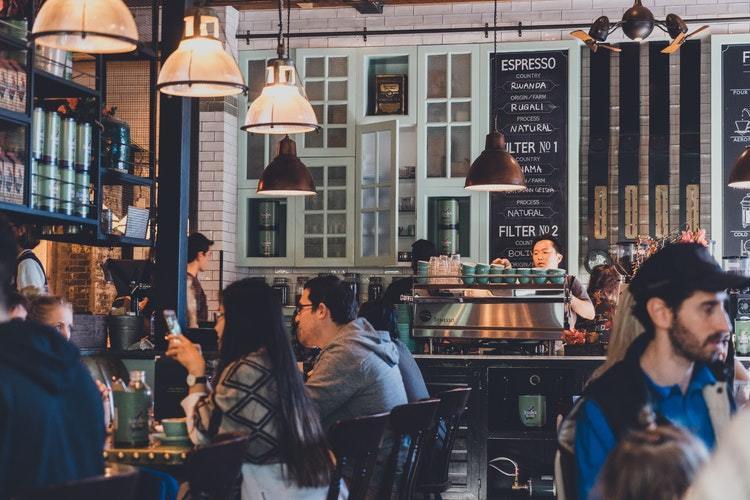
The primary goal of opening a coffee shop is to break even between profit and loss, because a large amount of decoration and rental costs have been invested at the beginning, and the store may still be in a state of loss for some time after opening the shop. Bosses must first consider how long they want to level these costs and start to make profits after breaking even. In order to achieve the break-even point, this is the most important preparatory work before opening the store. You must carefully assess how much you can afford and estimate in advance how much you want to make a profit in a month.
First estimate the cost and gross profit margin of the products you sell, plus the rent, personnel, electricity, gas and other expenses of a month's fixed expenditure, you can calculate at least how much turnover should be achieved in a month.
For example, for a product of 20 yuan, the cost is 8-9 yuan, and the gross profit margin is 55%. Divided by a monthly rent of 3000 yuan + personnel expenses of 7500 yuan and other expenses of 2000 yuan, it is roughly estimated that the monthly turnover should reach at least 22000 yuan.
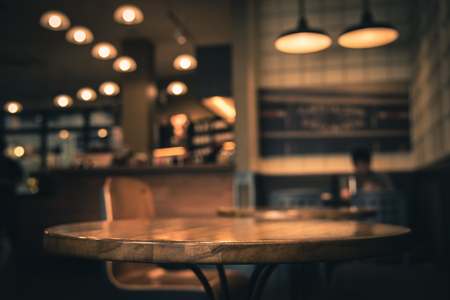
Important principles for calculating the operating costs of coffee shops
Calculate the percentage, not the absolute number:
When examining your cost structure, you should look at costs as a percentage of revenue, not absolute figures. For example, if the monthly personnel cost has increased by 500 yuan, you may think that it is too high and you should try to reduce the personnel cost. however, after increasing the personnel cost, the overall revenue may increase while the material cost remains the same, and the proportion of revenue will drop by 2%. This shows that the increase in personnel costs is quite cost-effective.
2. The three major costs shall not exceed 70% of the revenue:
Generally speaking, the sum of personnel, materials and rental costs should not exceed 70% of revenue.
(3) the cost of shop rent is less than 12%:
Of course, the cost of shop rent will vary greatly according to the lively degree of the location. if you want to judge whether the shop rent is too high, it is suggested that it can be multiplied by ten times the revenue. If the figure exceeds the expected revenue, I am afraid that no matter how crowded the area is, you will have to give up.
4. the cost of materials shall be less than 40%, and the sum of personnel costs and materials costs shall be controlled within 60% of the revenue:
According to the target population, the cost proportion of personnel and materials will also vary, depending on whether the target consumer group pays more attention to service or the cost-effectiveness of the product. For example, if the target consumer group likes cheap and large cups of coffee, the cost of materials must be increased, and limited to personnel costs, so some processes for transferring guests to self-service have also been developed.
5. The total cost shall be controlled within 85%:
The sum of all costs must not exceed 85% of the overall revenue, otherwise the cost structure of the coffee shop will be overstretched and the overall growth space and speed of the coffee shop will be limited.
Have you ever met a coffee shop that seems to be doing well, but suddenly closes after a while? It is possible that they have not done a good cost estimate, so even if the revenue is high, they continue to lose money internally, earning popularity rather than making money.
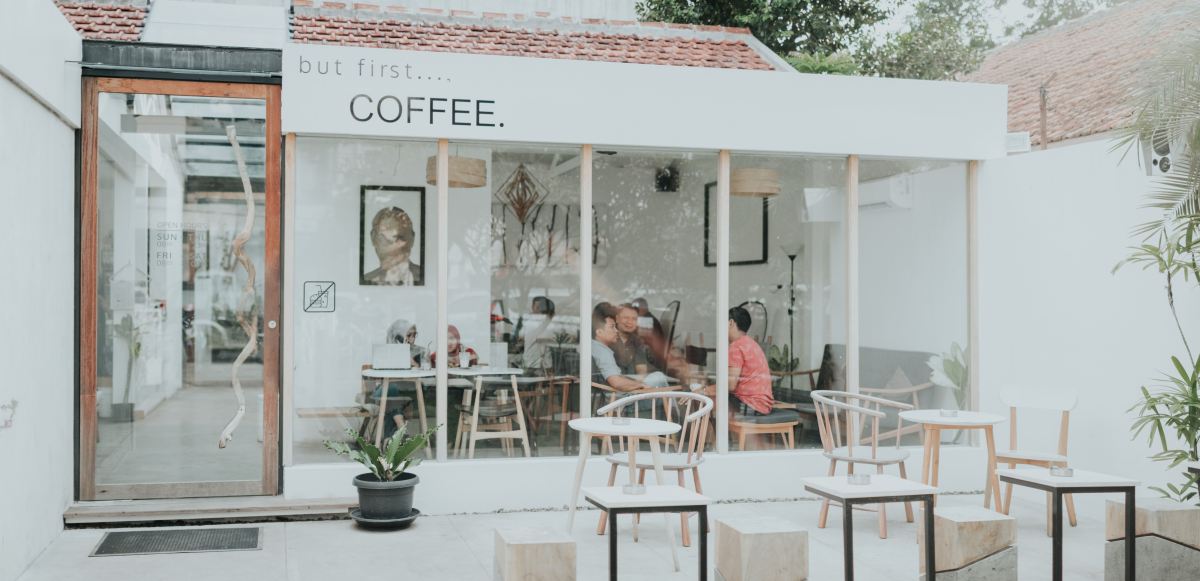
Misestimated cost
When you estimate the cost of opening a store, you should not only calculate the monthly expenses such as raw materials, rent, water and electricity, personnel costs, etc., but also take into account the hidden costs of purchasing equipment, store decoration, applying for licenses or fees before opening the store, so that all costs will be gradually recovered and turned into profits.
The pricing strategy is not in line with the target customer group.
The wrong pricing strategy is likely to be the main cause of the profit imbalance. Coffee shops of different grades may have different pricing strategies for different customers. For example, a Starbucks latte costs 30 yuan, while a convenience store coffee that is common on the road may cost only 10 yuan.
The common pricing method is: first calculate the cost and other expenses, plus the expected profit to get the selling price, the disadvantage of this pricing method is that when you cannot accurately predict the number of sales, it is difficult to calculate the unit cost of a single product; when the sales volume suddenly falls unexpectedly, the cost will also increase in disguise, and it is necessary to increase the selling price in order to achieve the expected profit, but raising the selling price will depress the sales volume even more, which will be contradictory.
If the pricing strategy is changed to "cost + value = price", it becomes a customer-oriented pricing strategy, and the pricing is calculated according to the extended benefits of the product. Through marketing or sales skills, customers can increase the price they are willing to pay (like Starbucks mentioned above, Starbucks successfully does a good job in brand marketing, and its "value" increases).
Pricing is a direct determinant of coffee shop profits. Unreasonable increase in product prices or improper reduction of personnel costs will do more harm than good. When setting prices, we should take into account many aspects, such as store size, finance, local market dynamics and the consumption level of consumers.
How to measure the investment cost of decoration when opening a store?
Decoration is not only an investment, but also a hidden cost after opening a store. For example, it cost 500000 yuan to decorate before opening the store, and the renovation is expected to last for 3 years. In 500000 / 3 / 12 months, about 14000 yuan per month is obtained, which means that after opening a store, the monthly operating cost must be increased by about 14000 yuan to be the total cost, that is, depreciation expense. Only by using long-term operating amortization can we know whether this investment can be affordable and how long it can be recovered.
Can the estimated figures really be achieved?
After the revenue analysis, the "accessibility" and "possibility" of the estimated number of visitors must be confirmed.
For example, you can find a coffee shop similar to you to actually estimate their passenger flow for each period of time, and then check to see if there is a chance to reach your estimate, which can effectively reduce the gap between the estimate and the actual one. Because if you just start a business, you must have no experience, so you must first use the data that can be observed and analyzed to help you analyze the accuracy of the data and reduce the risk. Coffee shop operation is not only the follow-up "operation" is very important, the early "estimate" and "evaluation" also account for more than half of the success, we must be careful.
Maximize revenue
Three indicators closely related to turnover: turnover rate, unit price, and number of visitors.
Assuming that the estimated turnover needs to reach 30,000 yuan per month, and there are no specific public holidays in the store, then the daily revenue is 1,000 yuan, because the composition of the turnover is the unit price of incoming passengers, and assuming that the unit price of passengers is 20 yuan, there will be at least 500 customers a day. From here, you can calculate how much the table turning rate must be based on the number of seats and tables in your store, as well as the peak and off-peak passenger flow. If you feel that it cannot be achieved after the assessment, you must consider increasing the number of tables or increasing the unit price.
The number of seats and the unit price remain the same. Is there any other way to increase the turnover?
You can increase takeout options, such as online takeout platforms and takeout windows to increase takeout capacity. at the same time, we must pay attention to whether there are sufficient manpower in the infield and avoid conflicts between takeout and in-store. Or rent the extra space in front of the store, put an area in the store to sell surrounding goods or coffee beans, snacks and so on is also a way to increase income.
Summary
1. First calculate the break-even point.
This is the goal that must be achieved in the first stage of opening a coffee shop, and the slower you are to achieve it, the more working capital you need to pay.
Reaching the break-even point means that at least the finance can get rid of the state of living beyond its means, and the cash flow begins to be "positive".
two。 Figure out your estimated profit situation.
This is part of the profit you expect to achieve when you open a store.
3. Change from monthly camp revenue target to daily revenue target.
4. The number of passengers and the unit price are estimated from the daily revenue target.
5. Evaluate the accessibility and feasibility of the profit revenue you set.
7. The ratio of work space to business space determines the number of seats, and the number of seats determines the table turning rate. Is there any way to achieve the set business target?
8. According to the estimate of shop rent and flat effect, the rent belongs to the "fixed fee" in the financial cost of the coffee shop, and the high rent and the shops that can not produce the flat effect will cause difficulties in operation.
END
Important Notice :
前街咖啡 FrontStreet Coffee has moved to new addredd:
FrontStreet Coffee Address: 315,Donghua East Road,GuangZhou
Tel:020 38364473
- Prev
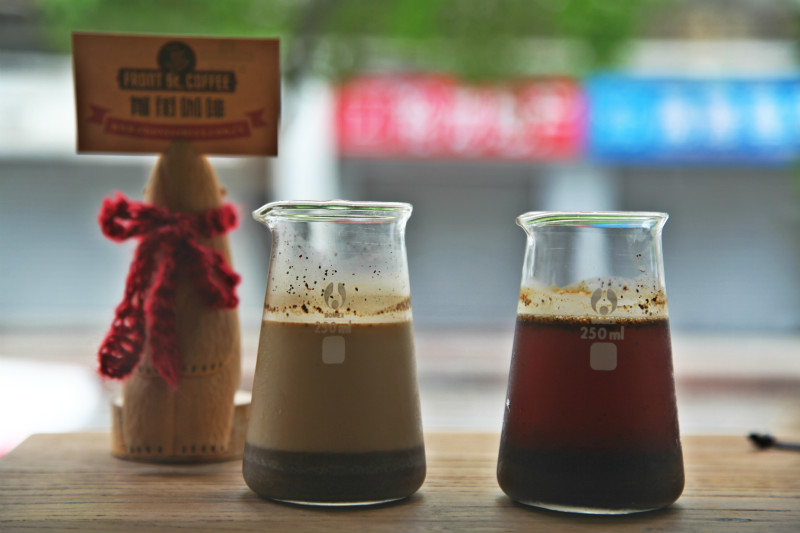
Is opening a mom-and-pop coffee shop really romantic? Wait, I'll tell you the pros and cons!
Professional coffee knowledge exchange More coffee bean information Please pay attention to coffee workshop (Weixin Official Accounts cafe_style) Many people have dreamed of opening a coffee shop of their own style together with their lover. Warm layout, homemade meals, and the aroma of hand-brewed coffee are still floating in the room. Imagine it is so beautiful! But is there really such a dream? Every coffee shop.
- Next
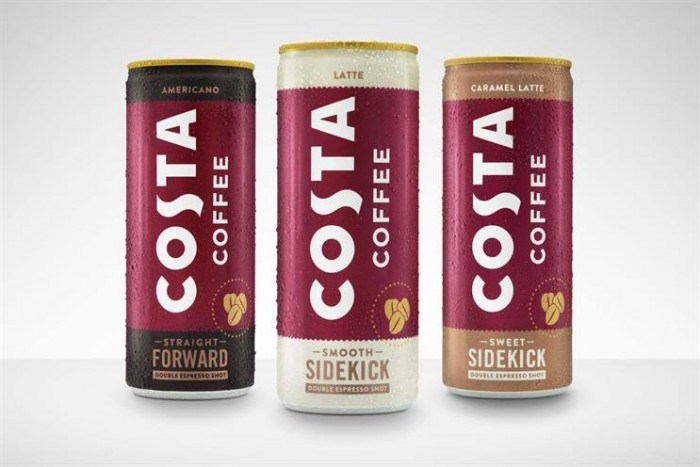
After buying Costa for $5.1 billion, Coca-Cola launched its first Costa canned coffee!
Professional coffee knowledge exchange more coffee bean information Please follow Coffee Workshop (Wechat official account cafe_style) after the formal acquisition of Costa at the beginning of this year, Coca-Cola is expanding the business of Costa Coffee. By the end of June, a series of new ready-to-drink packaged coffee will be launched in the UK and further promoted to Poland and China. This is Coca-Cola's $5.1 billion acquisition of Costa.
Related
- What documents do you need to go through to open a coffee shop? coffee shop coffee shop certificate processing process
- How to purchase Coffee beans in small Cafe how to choose a suitable supplier for domestic Coffee supply Company
- How to drink Starbucks Fragrance White Coffee? how to make Australian White Coffee? what Italian coffee beans are recommended?
- The Story of Flora Coffee: the name of Flora Coffee Bean and the implication of the Flowers on Florna Coffee
- How much does a cup of coffee cost? How much is the profit of a cup of coffee? What is the profit of the coffee shop in a year?
- Yunnan small Coffee, known as "fragrant Coffee", introduces the characteristics of Alpine Arabica Coffee producing areas in Yunnan, China
- 2023 latest Starbucks full menu price list how much is a cup of Starbucks coffee what is better to drink the most popular hot and cold drinks recommended
- Starbucks different kinds of Coffee Price list Starbucks menu 2023 Top Ten Best drinks in Starbucks
- Starbucks Spring praise Comprehensive matching Coffee Bean theme Story Packaging implication and taste description
- The cost of a cup of coffee latte American coffee cost price and selling price

